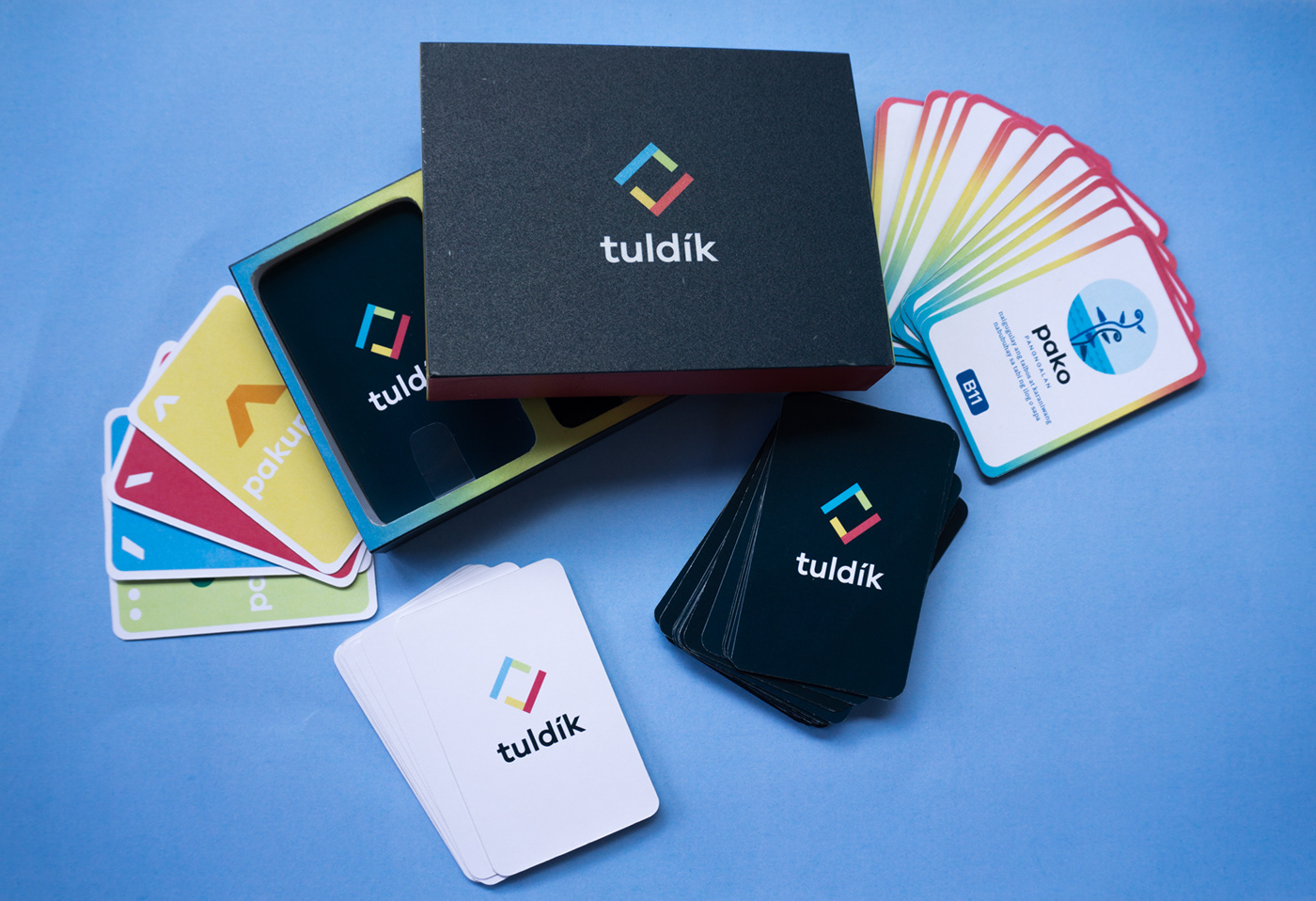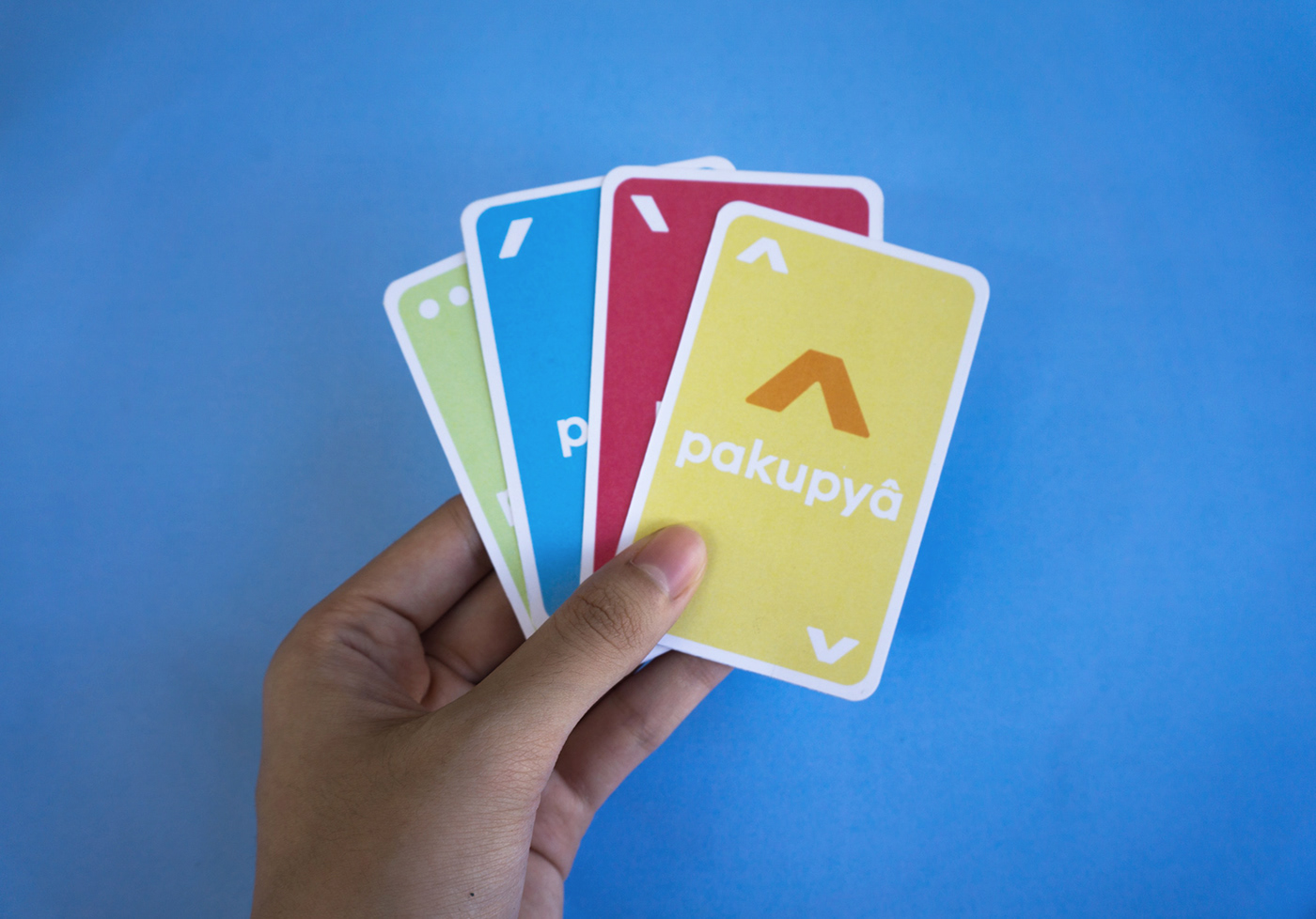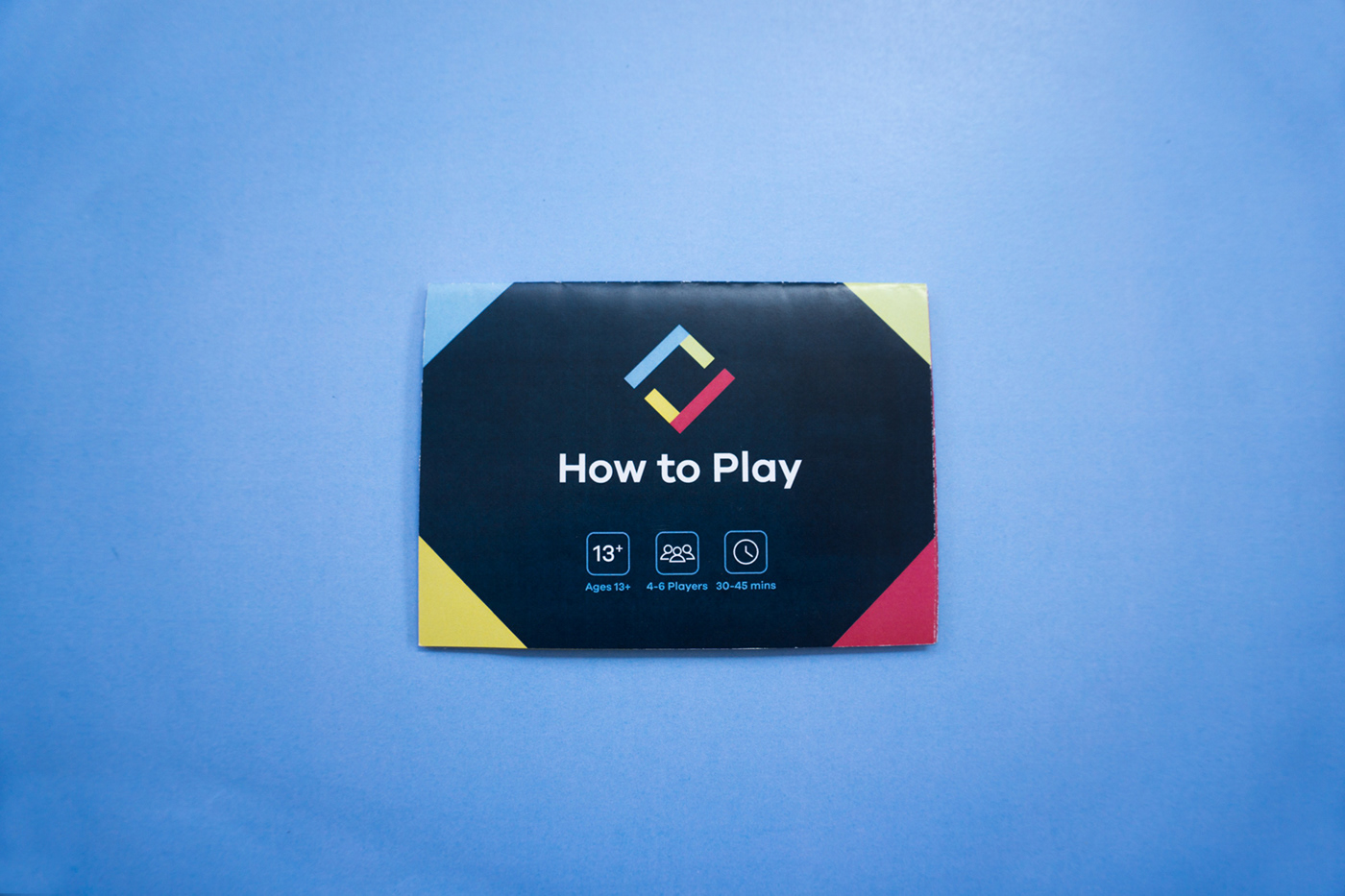
For my undergraduate thesis, I was tasked to research about a specific problem that can be addressed through a design solution. As I am passionate about the Filipino language, I chose to address the lack of knowledge and appreciation of the Filipino language's tuldík (diacritics). Tuldík are marks attached on top of vowels to indicate proper stress or accent of Filipino words.
After conducting research and interviews, the solution I came up with was Tuldík, a card & app game for private high school students that aims to introduce tuldík an interactive and entertaining way. A card game is best for the problem because it encourages engagement and interaction with peers, which is highly valuable to the target audience.
The entire process used the Design Thinking framework, which consists of five stages: empathize, define, ideate, prototype, and test.
Branding
The design solution used appropriate, friendly, and lively elements without compromising functionality, as it is also a learning platform.

The conceptualization of the design solution’s logo applied closure, which is the tendency to perceive a set of individual elements as a single, recognizable pattern or shape, rather than multiple, individual elements. The recognizable shape in the logo is a diamond, which symbolizes the wealth of the Filipino language that the project shows by introducing tuldík. The logo is also a combination of three Filipino tuldík (pahilís, pakupyâ, paiwà). They were arranged to form two “check” signs that symbolize the functions of tuldík, which are guiding the proper placement of stress, and distinguishing Filipino homographs.


Four colors (Red, Yellow, Green, Blue) were used for each of the four tuldík types, and this categorization will guide the players in playing the game. A light gradient combining the four colors was used as an accent for the word cards.
Game Components
The set consists of 100 cards and an instructional manual, contained in a rectangular box. The 100 playing cards are divided into two types of cards: 24 pieces of Tuldík Cards and 76 pieces of Word Cards.



Cards
Tuldik Cards:


The 76 word cards are categorized into three types: A) Common Words, B) Homographs, and C) Uncommon Words.
Common Words:

Homographs:

Uncommon Words:

Mobile App

The card game works with a mobile application. Learning tuldík involves pronunciation and hearing, and these became possible through the app, which contained the words' proper pronunciation. The game relies on self-checking, which is done through the app. Each card has its own alphanumeric code which when entered in the app will lead to the answer.





I prototyped the app using Flinto, which allowed me to add audio, scrolling, transitions, and animations without coding the app.
How to Play the Game


2022 Edit: Thank you to my thesis adviser, Chef, Sir Ponci Soliongco (+)!






